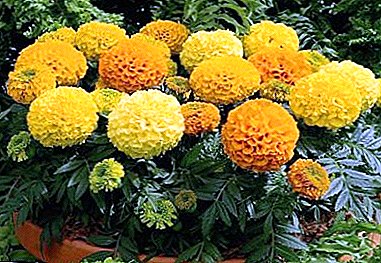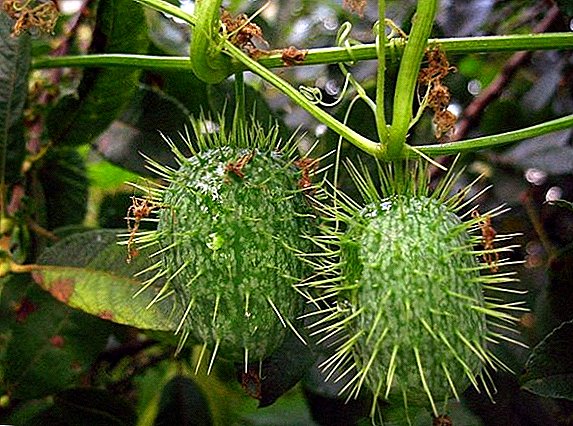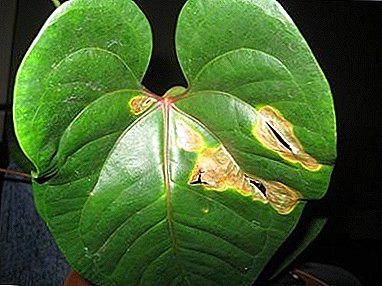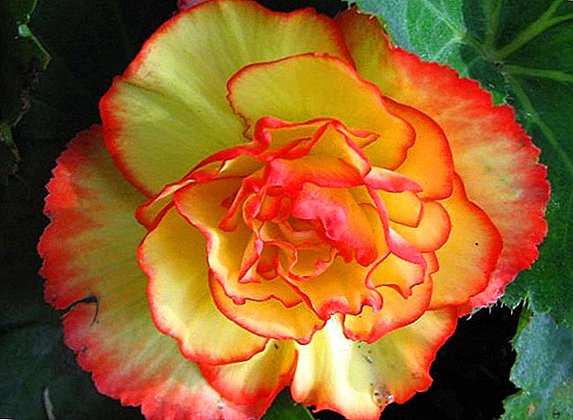
Marigold - very beautiful flower! And undersized marigolds are doubly attractive in flower beds and in flowerpots, in city squares, near schools and in garden plots.
The selection work has given its results and today marigolds are represented in stunning varietal diversity. You can easily find suitable for the color, size, size of the bowl of flowers, options, and bring to life any landscape composition that will delight.
Where are you from?
Marigold (Latin Tagetes) is a genus of herbaceous perennial and annual plants of the Astrov family. The marigolds originate from the lands of South and Central America, where most wild species still grow. The indigenous people of Mexico used them in their religious rituals, they also treated various diseases with their help.
This unpretentious and beautiful flower was transported to Europe after the discovery of America and quickly spread. Marigolds were among the first among foreign flowering plants brought to us. They got the Russian name "marigolds", "velvet" because of their petals, the surface of which is a bit like velvet with a short nap.
Appearance and photo of taghetis
Marigolds have upright strong stems that form compact or spreading bushes, reaching 0.2-0.5 m in height. Often the marigold stem can reach a height of 1.2 m. The main decoration of the plant is inflorescences-baskets with bright yellow, lemon, carrot, orange, bronze, bright brown petals. Especially prized are marigolds with creamy white chrysanthemum-like inflorescences.
Varieties with colors that change their color as they grow and the degree of illumination of the place are derived. Not every other ornamental plant can boast of having two or even three shades in one inflorescence at the same time!
The flowers have wide corollas. Thanks to this feature, marigolds cannot be confused with other representatives of the plant world. Once again, we note that the height of this plant has a large range. In this article we will describe in more detail about undersized marigolds.
Bushes of small Tagetes grow up to 25-45 cm, and dwarf bushes up to 20-25 cm. The undersized marigolds are compact, with dense foliage. Shoots strong, stocky. Flowers in undersized marigolds are the same in size, color and shape as in medium and tall plants. With good care, these babies will delight with rapid bloom all summer long!
In order for marigolds to bloom better and thicker, wilted inflorescences should be removed.
The most spectacular - large-flowered undersized varieties. Their chrysanthemum, terry inflorescences like bright flashes against a green background attract attention from afar. In order to grow undersized tagagetes, you do not need to be a professional florist-designer.





Stick to the following rules for breeding these unpretentious plants.
Where to plant flowers, variety names
Low-growing marigolds are always used when planting carpet flower beds. Superb these flowers look in flowerbeds and in flower beds, where there are not enough bright and catchy flowers. Feel free to plant them along the edge of the flower beds along the tracks.
Well they will be in the western, southern and even eastern flower beds. On the northern side and in the dense shade their flowering will be noticeably weaker.
Stunted young marigolds are planted at a distance of 0.1-0.2 m from each other. In this case, the plants will develop without interfering with each other.
In addition, low tagetesy grow well in flowerpots, which allows you to decorate any corner of the site with bright colors. Compact shrubs are suitable for decorating the floral design of rooms, verandas and balconies. Short marigolds feel great in pots. Details on how to care for marigolds in pots, we told in this material.
Interesting that phytoncides secreted by marigolds, help clean the soil. Odorous substances contribute to the decontamination of the soil adjacent to the bush, with a negative effect on fungi and bacteria.
Practice shows that even the Colorado potato beetle is afraid of marigold landings! That is, planting these plants, you get much more benefit than other flowers.
Here are a few varieties of undersized marigolds:
- "Lemon Gem".
- Golden Ring.
- "Mandarin".
- "Carmen".
- "Antigua".
The necessary conditions
Marigolds are known for their unpretentiousness. These plants are thermophilic, drought-resistant and prefer a sunny place on the site, but can easily tolerate partial shade. It should be remembered that a beautiful bush with several large and bright flowers can be obtained when the plant is well lit. In the shade it will have more leaves, but the flowers will appear late, will be small and not bright.
Soil for proper growth
The marigolds do not impose any special requirements on the composition of the soil, however, it is too dense, heavy soils are recommended to be diluted with river sand and peat. Also, they should not be planted in the soil too fertilized with nitrogen - in this case, the plants form a powerful leaf mass and almost do not bloom. Beautiful marigolds will grow on fertile loamy soils of neutral acid level.
What is care?
 What is the care for undersized marigolds? He is no different from caring for other species. What should be done during the season? This is watering, weeding and weeding. Regular loosening will contribute to improving the appearance of marigolds in general and will encourage active color formation.
What is the care for undersized marigolds? He is no different from caring for other species. What should be done during the season? This is watering, weeding and weeding. Regular loosening will contribute to improving the appearance of marigolds in general and will encourage active color formation.
It is better to remove faded baskets - new flower buds are laid and the total duration of flowering increases (for more details on how to feed them marigolds for abundant flowering, read here).
Tagetes are resistant to diseases and pests. However, in wet summer or with excessive watering on the leaves and stems of the plant, a disease may appear - gray mold. Then the injured bushes must be removed from the flower beds and destroyed outside the site. In conditions of high humidity marigold bushes may appear slugs. You can fight them with bleach solution. Small containers filled with the medium are placed between the bushes. A strong smell will scare away these pests.
In case of drought, there is a possibility of spider mite. Therefore, it is important that the soil is always wet. If the pest still attacked the marigolds, spraying them with an infusion of hot red pepper, yarrow or onion will help.
Learn more about the care of marigolds in our material.
Breeding
Marigolds - quickly vegetative plants, which allows them to begin to bloom within six weeks from the time of sowing. There are two ways to plant marigolds:
- growing seedlings from seeds;
- sowing seeds directly into the ground.
Marigolds grown through seedlings bloom earlier and bloom longer.
If you want to enjoy the beauty of blooming undersized marigolds in June, then seedlings should be sown at the end of March. And the seeds of undersized Tagetes are better planted in the first 2 weeks of April (how to properly collect the seeds of marigolds, so as not to buy them, read here).
 Seedlings are grown in good light and a temperature of 18-22 degrees, then dive and after the threat of frost has passed, the already grown bushes are planted in open ground.
Seedlings are grown in good light and a temperature of 18-22 degrees, then dive and after the threat of frost has passed, the already grown bushes are planted in open ground.
Marigolds of any kind do not tolerate frost. They should be planted in the ground only at stable positive temperatures!
Seedlings are planted in open ground in early June, when there will be no threat of return cold, at a distance of 0.1-0.2 meters from each other, depending on the height of future adult plants.
Thickening planting undersized marigolds should not be, otherwise the plants will not give lush flowering.
When is the best time to sow in open ground?
This type of landing is carried out in May or early June. Approximately in a week the first shoots will appear. And how to care for marigolds is described above. Tagetes well tolerate transplant with part of the land in flowering form during the growing season. It is used in the formation of flower beds and the transplantation of formed plants into pots.
Conclusion
So, growing marigolds is not at all difficult. A bright combination of greenery and an unusual form of flowers, they will enliven every corner of the garden. Low-growing marigolds bloom from June until frost. They are not very susceptible to diseases, and also serve as an excellent prevention from diseases for other plants (how to protect marigolds from diseases and pests?). With many advantages, unpretentious and very effective Tagetis will take root and become one of your favorites.












